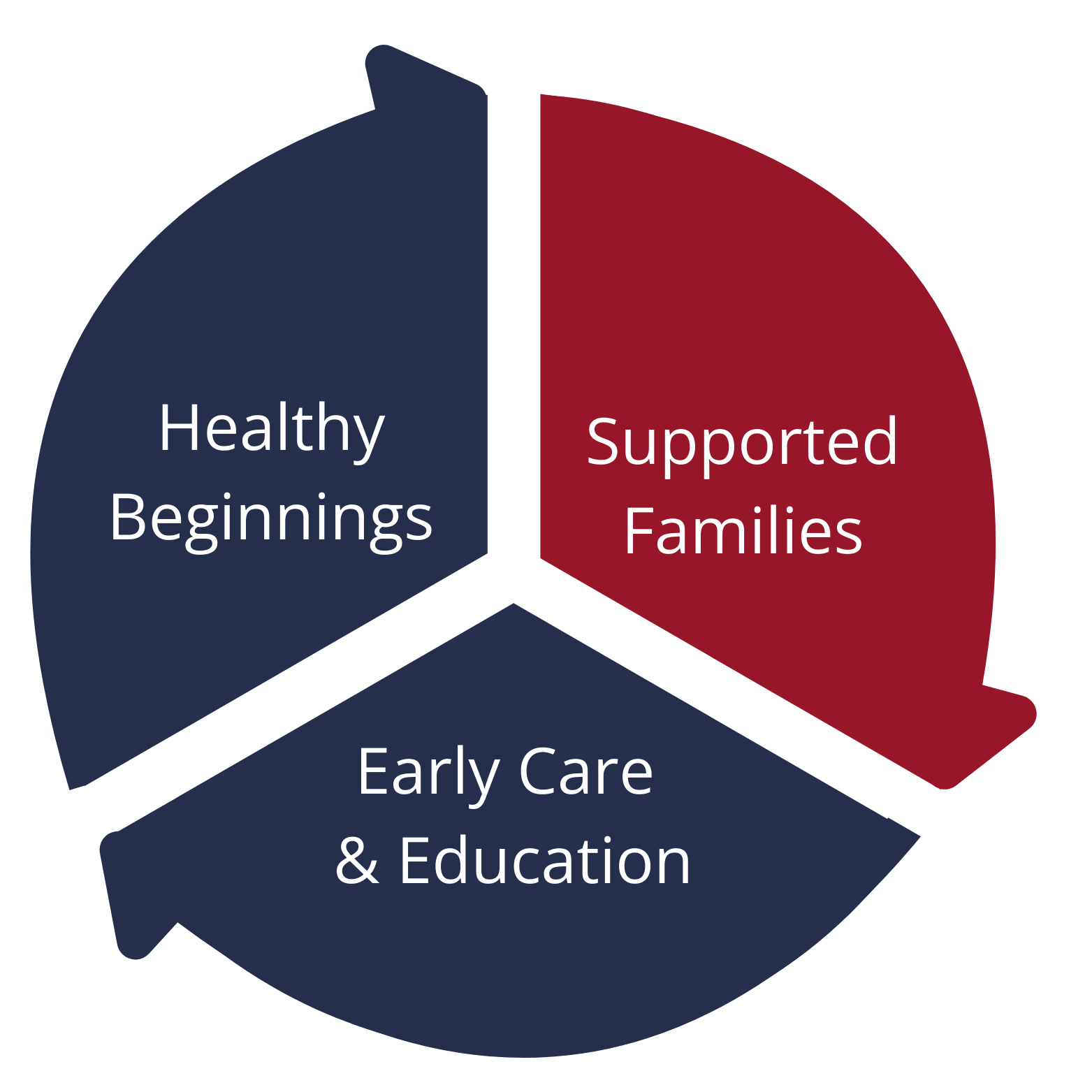
Texas must expand the number of low-income infants, toddlers, and families who are universally screened and successfully connected to necessary services. Strengthening Early Childhood Intervention (ECI), a statewide program for families with children from birth to age three with developmental delays or disabilities, and voluntary home visiting programs is essential. These efforts are critical now more than ever, as the demand for early developmental support and family services continues to grow.
Resources & Articles
ECI Program Supports Infants & Toddlers with Disabilities
Home Visiting Programs Build Strong Texas Families
The Texas Prevention Ecosystem
Virtual Series: Building Strong Families through Community Programming